Thank you to our members for sharing our stories with us!
Read Egon & Chirsty's story
Read Habitations Les Requérants et les Requérantes de Laval story
Read I Heart My Co-op Campaign story
Read Ibrahim's story
Read Iryna & Andrii's story
Read Jack's story
Read Joy & Robert's story
Read La Société de logements des vétérans story
Read Raising Hope story
Egon & Christy’s Story
Edmonton, Alberta
Submitted by: City of Edmonton Non-Profit Housing Corporation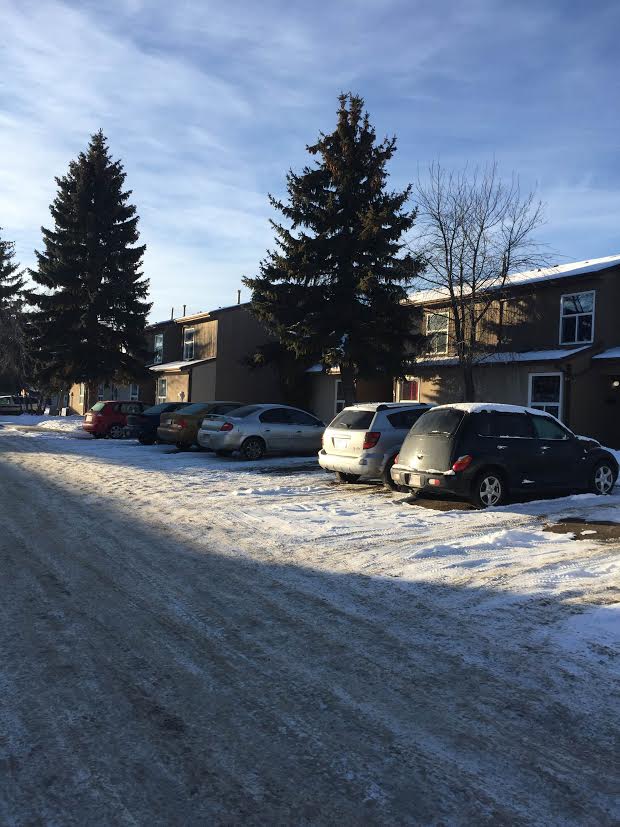
Fourteen years ago, life changed overnight for Egon and Christy, when Egon was struck by a car traveling 120 kilometers an hour. “This isn’t something you can prepare for,” says Egon. “I was a healthy 37-year-old with a good paying job. If it weren’t for homeEd, I don’t know where we’d be today.”
As Egon explains, “after the accident, my life was literally turned upside down. Following two years of rehabilitation, I have mobility and health issues that force me to do limited work and a head injury that is causing me to go blind. My wife works two jobs for minimum wage and I do what I can, working as a music teacher. I can’t work prolonged hours and you can’t get by on AISH. We weren’t able to make ends meet. It’s an awful feeling when you want to do better but can’t.”
The family had to find a more affordable place to live. At the time, there was a serious housing shortage in Edmonton, rentals available weren’t within their budget, and relocating was not an option. Fortunately, they were referred to the staff at homeEd.
Today, the family remains in the North Edmonton townhome they moved into 11 years ago. “This isn’t a temporary rental; it’s our home,” says Egon. “What we have because of homeEd goes beyond an affordable rental unit. There’s a sense of community in our building, we know our neighbours and we all look out for each other. People don’t see that when they think of subsidized housing.”
Egon adds, “there’s a stereotype around people living in subsidized housing, when the truth is that my story is the norm. [It is] reality that seems to get lost with many organizations, which is not the case with homeEd. Their staff understands our circumstances. They know that we’re doing the best we can. They are amazing, friendly, knowledgeable and helpful people who treat us with dignity and respect.”
Both history buffs, with Egon being an avid musician who plays 11 instruments—the family summed their experience up in these words, “what homeEd provides is invaluable to us and we hope they’ll always be here.”
Habitations Les Requérants et les Requérantes de Laval
Laval, Quebec
Submitted by: Réseau québécois des OSBL d'habitation (RQOH)
The project arose out of the demands of activist groups for the construction of social housing and the defence of social rights, notably for people with mental health problems.
A history of struggle
In the 1970s and ’80s, the Laval ACEF (Association coopérative d’économie familiale), which fights for the right to live without debt, was offering various free services for economically vulnerable individuals.
During the same period, a coalition of Laval community groups, representing a broad range of social justice activists, created the “Requérants et les Requérantes” committee to advocating for the construction of social housing in Laval. Highlighting the very low stock of public housing, cooperatives and non-profit housing in the territory, various groups challenged municipal governments to act by various demonstrations and occupations.
“The poor first"
In 1994, the first tenants made their entrance in the non-profit housing project, whose mandate was to accommodate low-income households and people with mental health problems.
"We decided to build a non-profit housing organization and not a cooperative, which would mean tenants are involved in maintenance, in addition to the management. For seniors and those struggling with mental health issues, it was too complicated," noted Claude Gingras, who was an ACEF coordinator for 15 years and still lives in the building.
In the non-profit, tenants form committees and get involved in the management of the building. Mobilization outings are organized regularly. For many years, Gingras welcomed the 20 tenants into his kitchen at general meetings. Discussions were always political, but also related to the collection of rent from a collective mutual-aid perspective. A community support worker is present a few hours each week. Moreover, apart from the tax clinic and “bonne boîte bonne bouffe” project (low-cost fruit and vegetable basket delivery), entertainment activities are organized for tenants.
"The challenge now is to maintain the involvement of tenants more than 20 years after the project was launched," said Simon Farago of FOH3L (the Federation of housing non-profits in Laval, Laurentides and the Lanaudière).
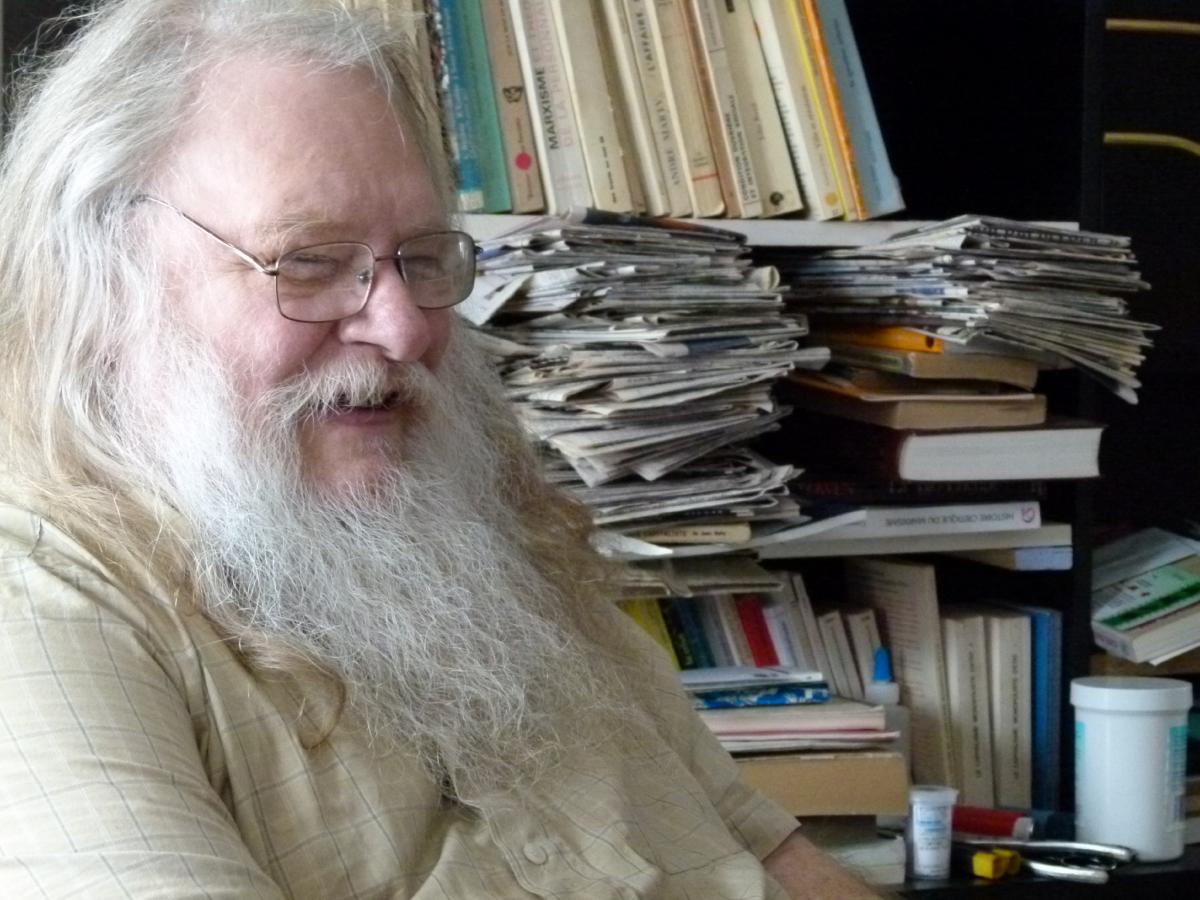
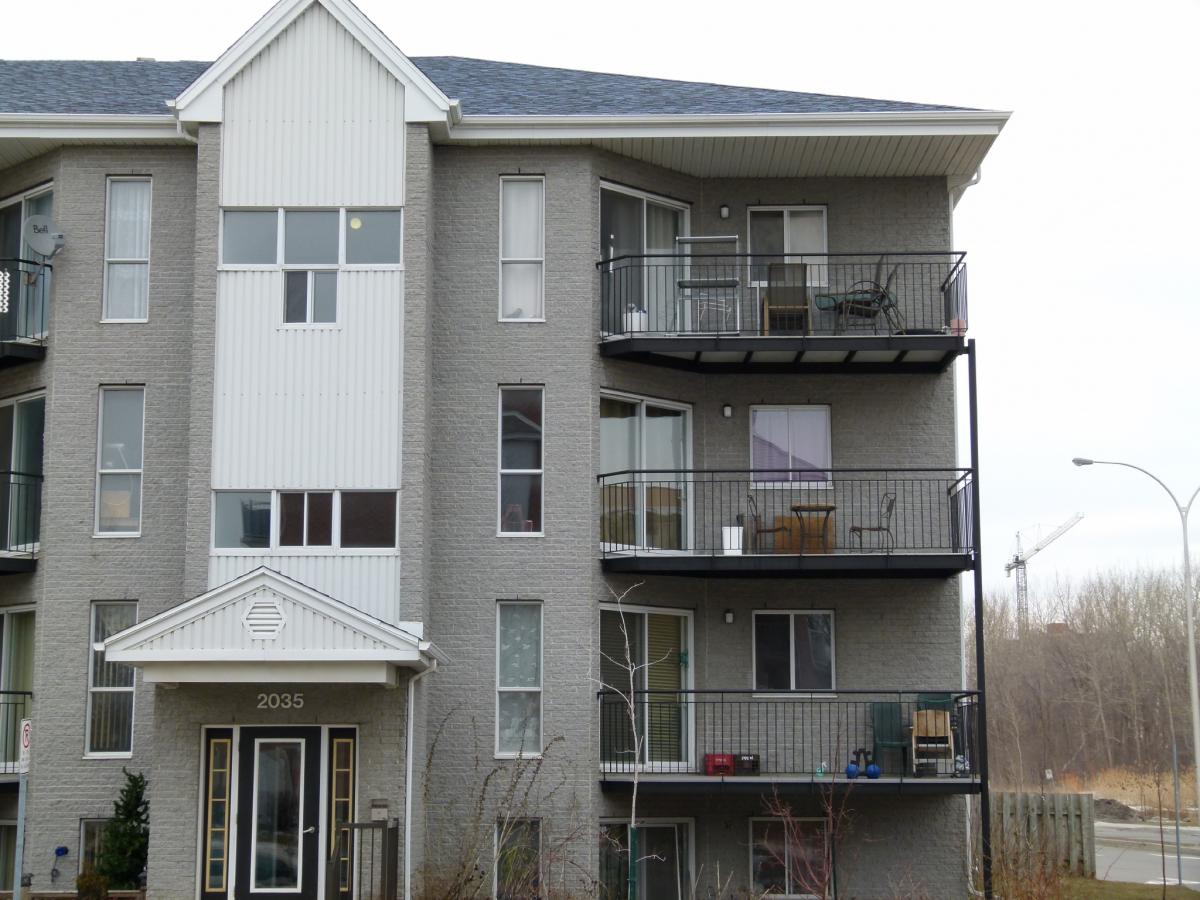

I Heart My Co-op Campaign
Ottawa, Ontario
Submitted by: Co-operative Housing Association of Eastern Ontario (CHASEO)
The Co-operative Housing Association of Eastern Ontario (CHASEO) represents, advocates for, and provides training and services to housing co-operatives in the Ottawa, Ontario region.
Throughout 2015, CHASEO ran a whiteboard campaign that asked members of local housing co-ops to share what they love about their co-ops.
The answers were a simple yet powerful testament to the importance of housing co-ops in providing not only safe, affordable housing, but in fostering a sense of community. While some members cited amenities like green space and a bike shop, others pointed to the more fundamental role co-ops play in providing safe and secure homes.
In one, a young child wrote that they loved their co-op because it was “rilly safe”—something no child should have to consider. In another photo, a senior forcefully expressed the housing insecurity that plagues many elders, writing, “I’m scared to leave”.
The I Heart My Co-op campaign was a potent reminder of the crucial role that housing co-ops play in providing safe, affordable, community-oriented homes for 90,000 households across Canada.
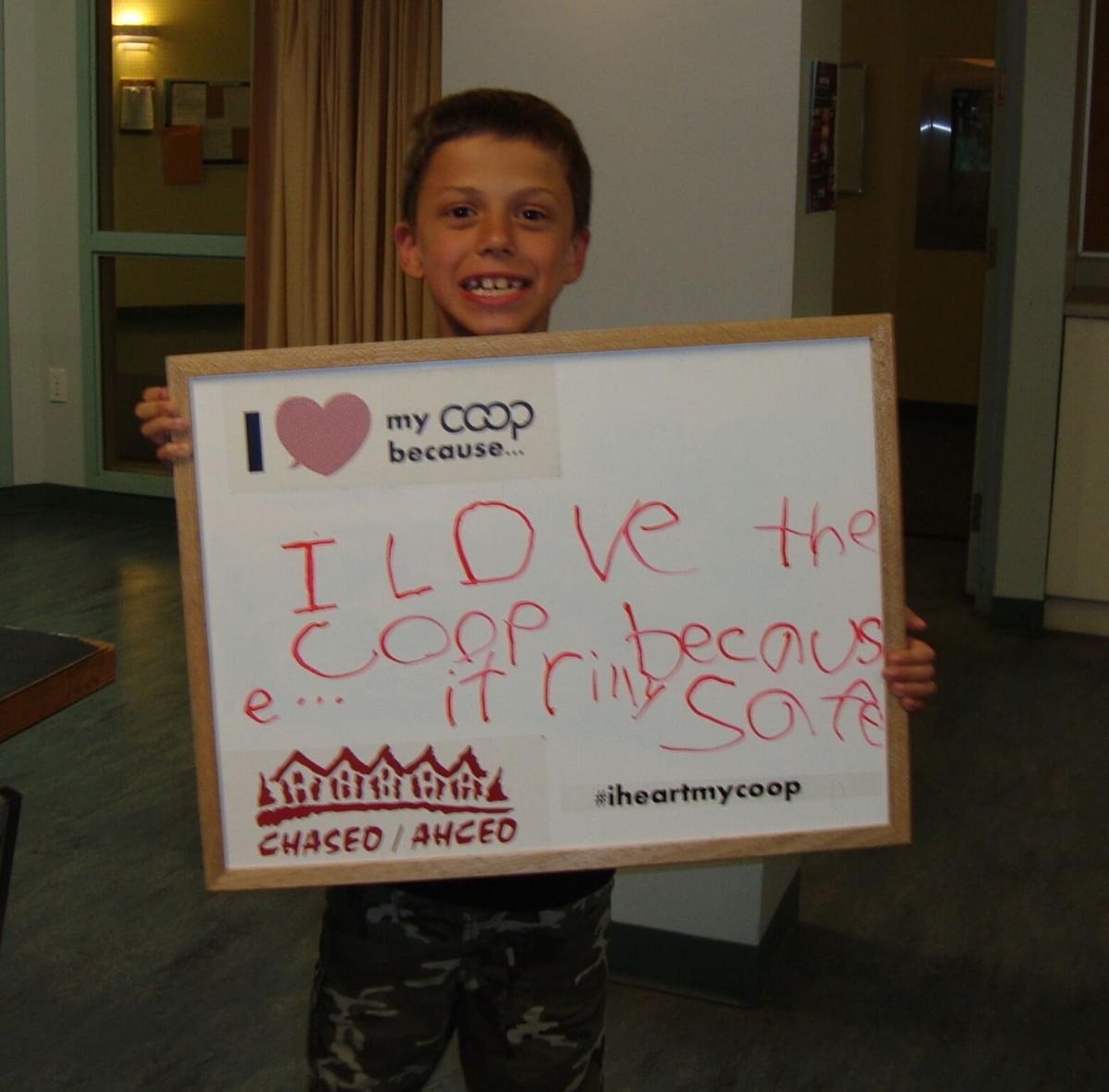


See more pictures from the campaign at: http://chaseo.coop/i-heart-my-co-op/
Ibrahim’s Story
Ottawa, Ontario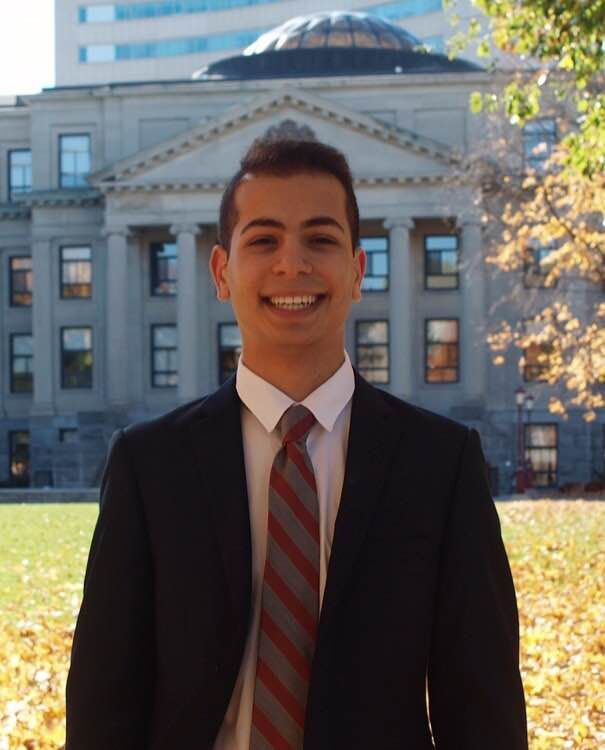
Submitted by: Ottawa Community Housing
Ibrahim Musa arrived in Canada as a refugee from Iraq in 2002 and has lived in Ottawa Community Housing (OCH) since. He is now one of OCH’s Tenant Ambassadors, striving to improve the lives of those around him.
After his 17th birthday, Ibrahim founded the Cuts for Kids Foundation, a non-profit organization that provides free haircuts to children in Ottawa. Since starting Cuts for Kids in May 2016, Ibrahim and his team have already hosted events in five different communities, one of which included haircuts for 250 Syrian refugees in the St. Laurent community. In the past year, Cuts for Kids has grown to a staff of nine, has mobilized over 60 volunteers and partnered up with over 30 organizations in the Ottawa area.
“Given my experience living in affordable housing, I wanted to help others in the same situation with the challenges they face. Visiting OCH neighbourhoods with the Cuts for Kids staff has opened my eyes to the tireless spirit of the community members,” says Ibrahim “No matter what the current situation is of those in the communities, everyone goes out of their way to support and empower each other.”
It was this kind of support that enabled Ibrahim to start Cuts for Kids. He credits Ottawa Community Housing and the help and guidance that the staff provided as one of the reasons for his success. The other is the community around him and the importance of tenants working together. “From youth action groups to cultural celebrations, these families create a tight-knit and loving atmosphere for people of all ages and backgrounds,” says Ibrahim “This truly inspires me to mobilize my staff and volunteers at Cuts for Kids to help plan local events, outside of our own organization's work.”
Ibrahim strives to bridge the socio-economic gap affecting the youth in Ottawa and be part of the solution. He is compelled by his own experience and by watching those around him to create a positive change.
“Ottawa Community Housing has given me the opportunity to improve the City that I love, and for that I’m grateful.”
Iryna & Andrii’s Story
Edmonton, Alberta
Submitted by: City of Edmonton Non-Profit Housing Corporation
Immigrating to Canada and transitioning to life in a different country can be challenging. For the Lytvynets family, having an organization to help them find a place they could call home, made all the difference.
Two years ago, Iryna, Andrii and their two children made the decision to leave their family and home in IvanoFrankivsk, Ukraine to start a new life in Canada. Through the Quebec immigration program, they were able to relocate to Laval where they spent the first three months. “As immigrants, the language barrier was a big issue and we were struggling financially to get on our feet,” says Iryna.
When Andrii found a job in Edmonton, the family packed up their belongings and moved. At the time, the Lytvynets couldn’t have imagined this next city would be such a great fit for them.
With a limited budget, and no idea where to start the search for a place to live, they looked to friends in Edmonton for advice, and were quickly put in touch with staff at homeEd. As Iryna explains, “homeEd was invaluable to us. When we arrived, we had very little money, spoke poor English and felt overwhelmed. Sonjia, from homeEd, helped us to find an affordable townhome we’re proud to call home.”
If you ask Iryna how her family has adjusted to life here, she’ll say, “we are happy in Edmonton…we’ve made good friends, we go to Ukrainian church and our kids attend bilingual Ukrainian school. There are lots of families in our complex; we have a backyard for our kids to play, a garden and two bathrooms which, for us, feels like a luxury.”
Iryna adds, “I was scared at first speaking English, but now it’s much better.” She keeps busy between her family and working part-time at Old Navy. You can find the Lytvynets family, who love to swim, enjoying the Clareview Recreation Centre and exploring local lakes. “We love Edmonton but we especially love our home”, Iryna says. “We are so thankful to homeEd for their help with this important first step in building our new life here.”
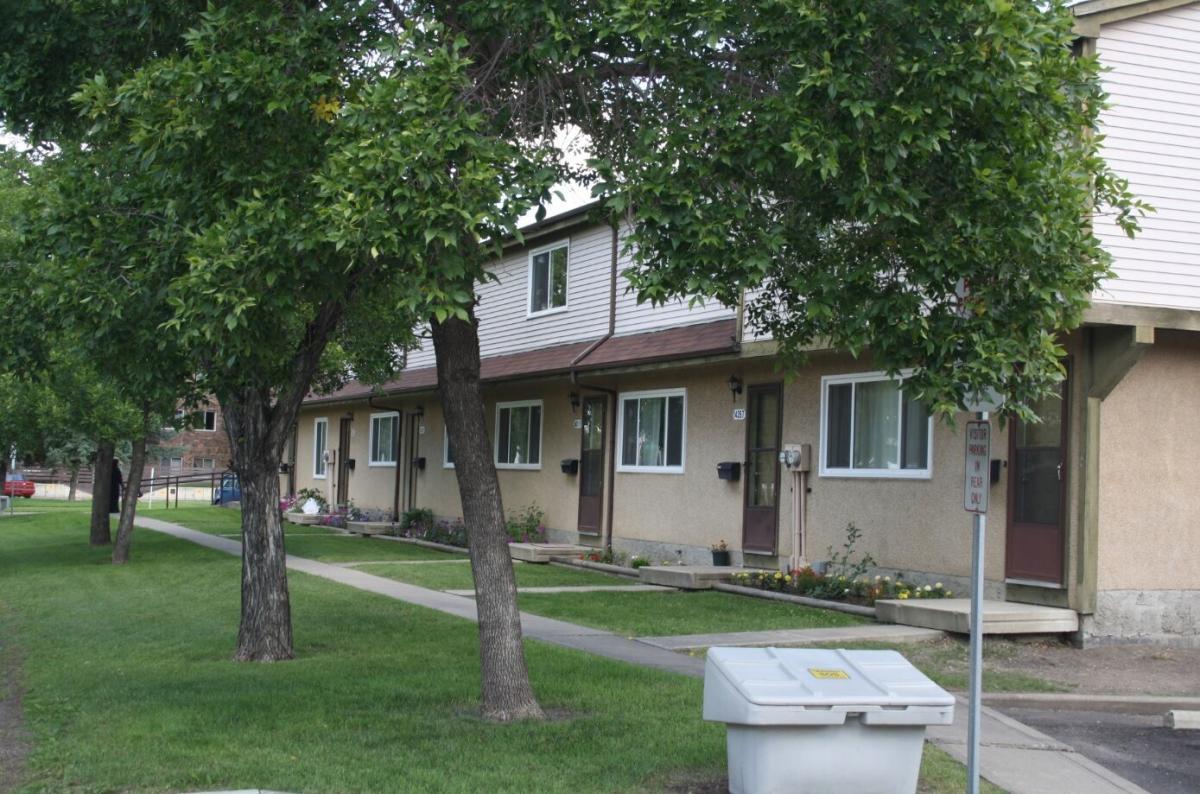
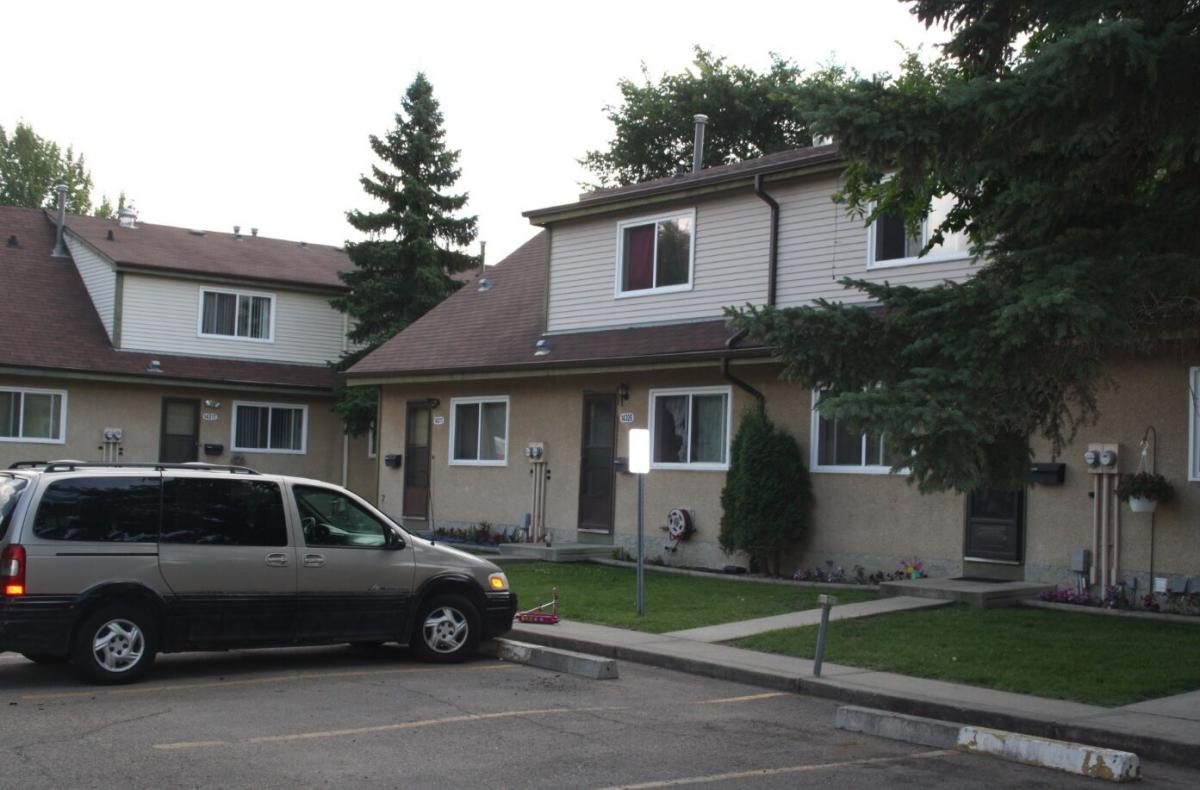
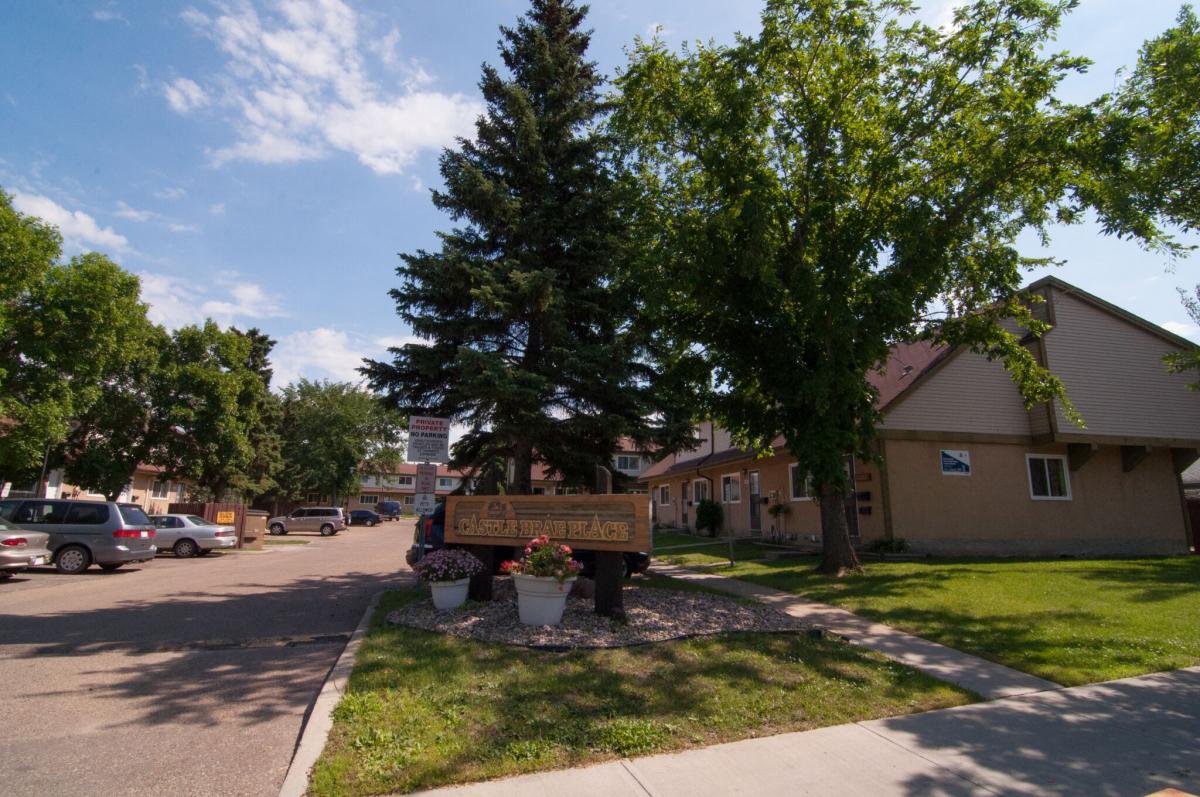
Jack’s Story
Whitehorse, Yukon
Submitted by: The Yukon Housing Corporation
Jack Bogaard’s journey began in Mesquite, British Colombia, where he moved from school to school and house to house. In one of those adoptive home, Jack was sexually abused. The pain that followed led him to alcohol, at the age of 13. He felt he didn’t have anywhere to turn and he constantly had to change jobs, due to drinking. He explained, “Whenever I tried to change, it felt like a bunch of closed doors.”
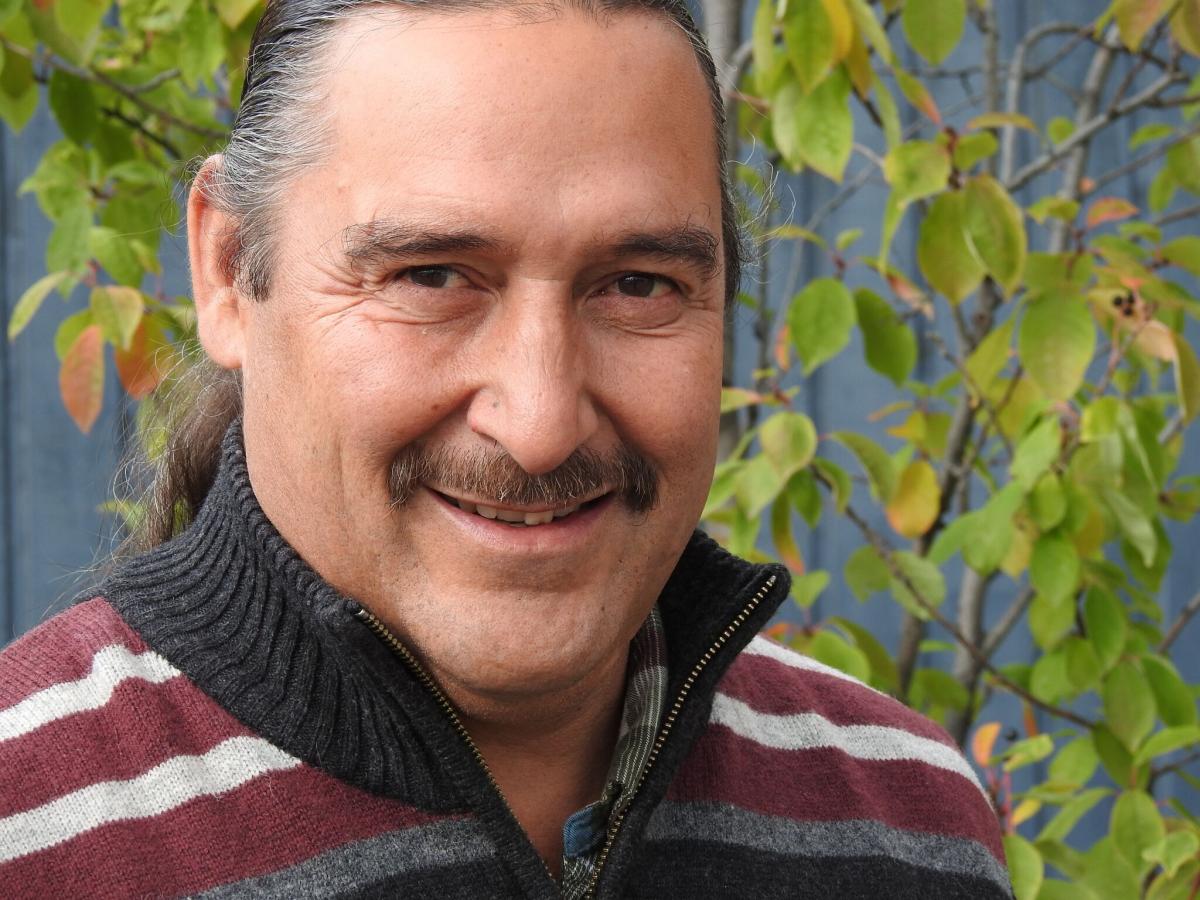 In 1982, Jack worked in Whitehorse while battling his addiction, and lived on the streets. In the bitter cold, in 2012, Jack froze on the streets. This was a turning point in his life. He started to attend a detox and the Jackson Lake Healing Program, but after the program ended he would be back on the streets.
In 1982, Jack worked in Whitehorse while battling his addiction, and lived on the streets. In the bitter cold, in 2012, Jack froze on the streets. This was a turning point in his life. He started to attend a detox and the Jackson Lake Healing Program, but after the program ended he would be back on the streets.
One day, the counsellors and a group of support people gathered, at the Detox Centre, to help him find a place to live. This was a “major change.” He felt heard and wanted to make a difference. “My experiences brought me to a place that I wish upon no one”, said Jack, “but with the right support, I am here today to share my story and speak for those who don’t have a voice.”
Today, Jack is an advocate for his homeless brothers and sisters through his work with the Vulnerable People at Risk Initiative, Blood Ties and the Yukon Anti-Poverty Coalition.
The Vulnerable People at Risk Initiative is a community based project, led by the four levels of government and community partners to develop a plan to end homelessness in Whitehorse and beyond.
Jack describes his brothers and sister as “human beings, not people, with emotions no different than you and me.” He urges others to prioritize “affordable housing for all levels and needs.” There isn’t a single solution; there are many small steps involved. We must unite as a community to bring our people home and “give love back to them.”
Joy and Robert’s Story

Victoria, British Colombia
Submitted by: The Greater Victoria Housing Society
After many years of dealing with mental and physical health problems and their effects on work and daily living it is wonderful to have a place where we feel safe, a place that is home.
My husband and I have been together 21 years how and we have struggled –struggled to keep working, struggled to make ends meet on disability pensions, struggled to keep moving forward. Eventually it became clear that our work lives were over and we were facing the rest of our lives on very little; too little to support ourselves without help. I shudder to think what might have happened to us without subsidized housing.
Fortunately, there are groups of dedicated people who step in to fill that need. Greater Victoria Housing Society has been a lifeline for us, providing us with an apartment we love in a building close to stores, the library, a rec centre, and meeting places. We have a home for as long as we need it, and knowing this gives us peace of mind - a precious gift. Thank you for our 'soft landing'. We are grateful.
La Société de logements des vétérans
Rouyn-Noranda, Quebec
Submitted by: Réseau québécois des OSBL d'habitation (RQOH)
History
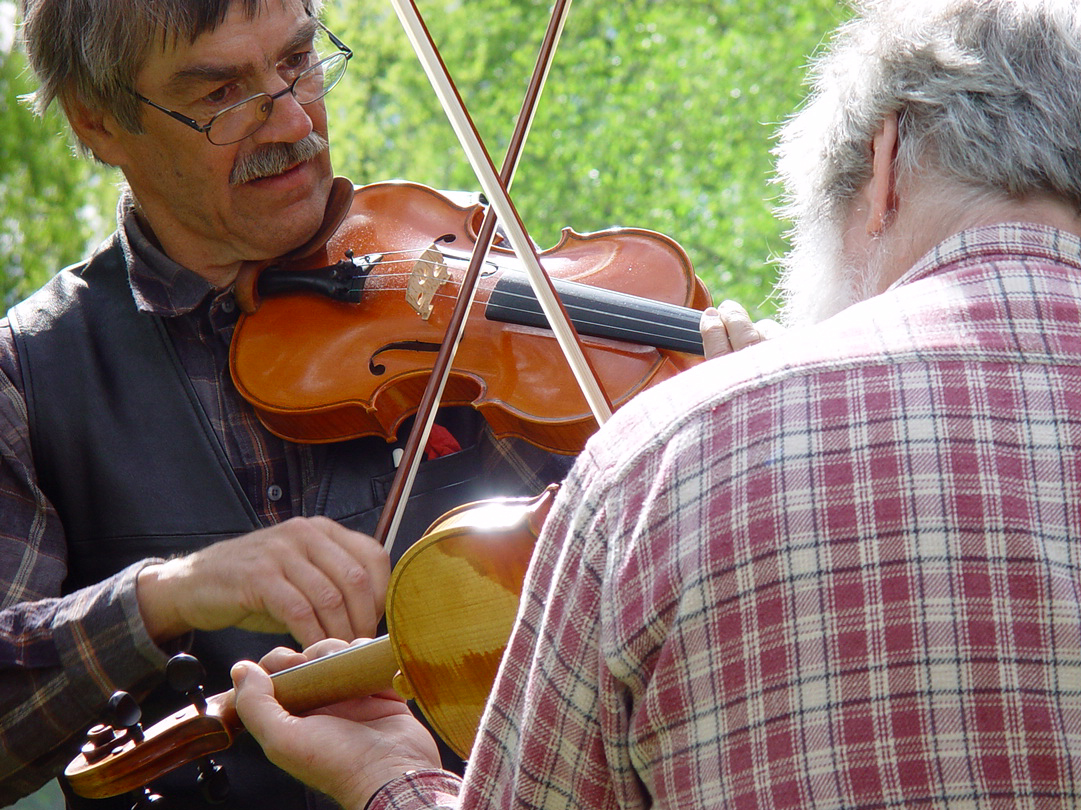 In 1952, the CMHC built two buildings with four housing units for veterans in Abitibi-Témiscamingue, then eight more buildings in 1954. Later, CMHC suggested to veteran tenants that they create a company to acquire the buildings, which was done in 1977, when the Société de Logements des Vétérans de Rouyn-Noranda was founded.
In 1952, the CMHC built two buildings with four housing units for veterans in Abitibi-Témiscamingue, then eight more buildings in 1954. Later, CMHC suggested to veteran tenants that they create a company to acquire the buildings, which was done in 1977, when the Société de Logements des Vétérans de Rouyn-Noranda was founded.
The company manages 40 homes that have been partially renovated, without any subsidies. Whenever a property is vacant, the company makes the repairs necessary for the proper maintenance of its buildings: plastering, painting, plumbing, electricity. Anything goes. The buildings have the same architecture and are all in very good condition.
Clients
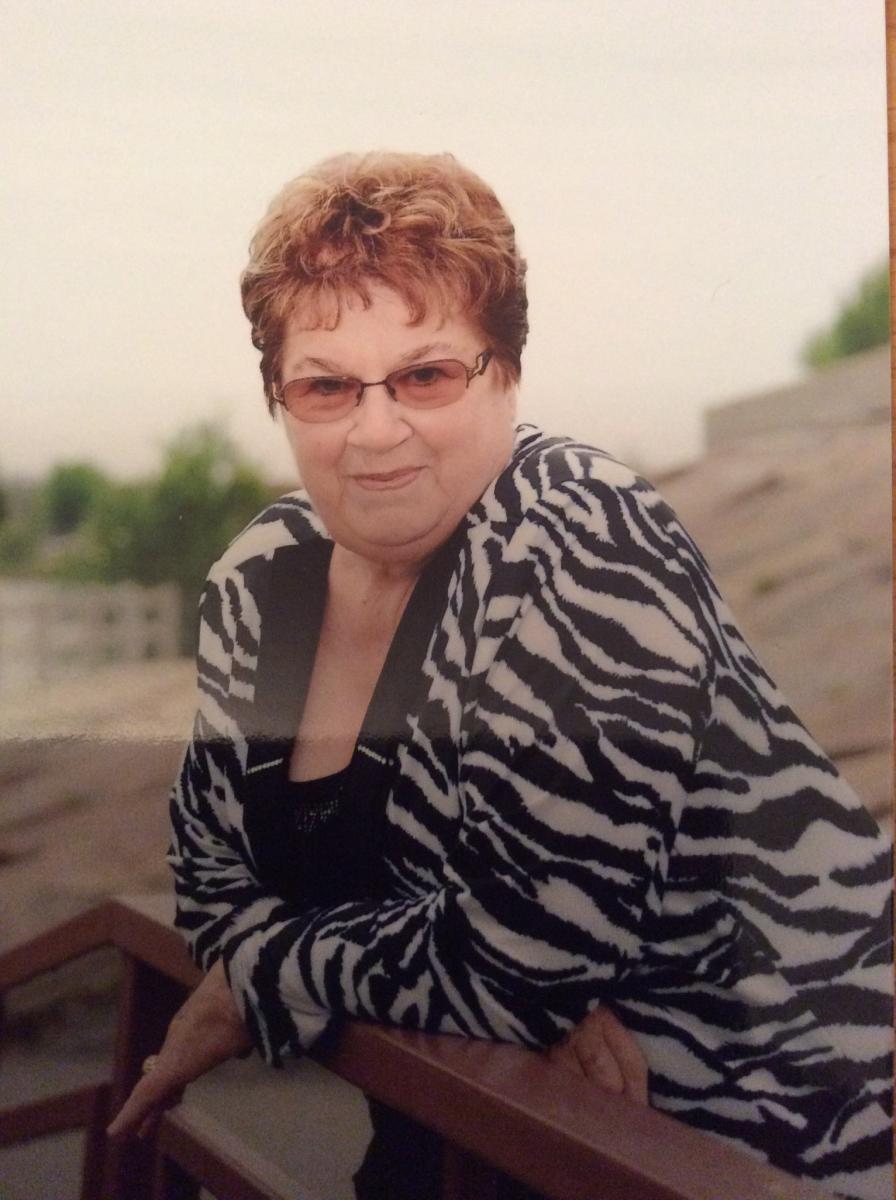 As the name suggests, the corporation was created to support the veterans of Canada's military by providing them with a quality housing complex. The majority of veterans are from the area. Only two veterans from WWII and a dozen veterans of the Canadian Armed Forces who have served with NATO or the UN remain. The ages of the veterans range from 50 to 90 years old. The veterans are personally involved in activities such as Remembrance Day, Veterans Week and war amputees. Some are members of the Royal Canadian Legion.
As the name suggests, the corporation was created to support the veterans of Canada's military by providing them with a quality housing complex. The majority of veterans are from the area. Only two veterans from WWII and a dozen veterans of the Canadian Armed Forces who have served with NATO or the UN remain. The ages of the veterans range from 50 to 90 years old. The veterans are personally involved in activities such as Remembrance Day, Veterans Week and war amputees. Some are members of the Royal Canadian Legion.
Tribute
"My husband, Antonio (Tony) Bourgon, was a veteran of WWII and served overseas for a period of five years and ten months, explains Dolly Gratton, the second vice-president of the company. He was wounded three times. My husband and I moved into the company housing on Dec. 1, 1980. He died in 1992 at the age of 72. I decided to keep my apartment, where I remain today.
Me and several other tenants have invested our money to improve our housing. Tenants here, in general, feel good, and they appreciate the tranquility and respect for other neighbours. They stay as long as their autonomy allows.”
Every summer the company organizes a country-style dinner, allowing socialization between tenants, the chance to meet newcomers, have fun and to dance to good music.
Raising Hope
Regina, Saskatchewan
Submitted by: Namerind Housing Corporation
Namerind was established in 1977 as a community-based not for profit organization which currently owns and manages over 450 affordable homes for First-Nations and Métis people in Regina, Saskatchewan. Namerind continues to diversify its revenue streams through social enterprise to support their economic development and sustainability while remaining focused on meeting the needs of Regina’s community.
One key example of how Namerind meets the need of their community is Raising Hope. Namerind’s Raising Hope is a program designed to assist women and their children to overcome the challenges associated with substance abuse and to support the healing process as they learn to work through the traumatic life experiences that contributed to their current circumstances. We are partnered with the Street Workers Advocacy Project (SWAP) and the Ministry of Social Services which has been working in the community for over 20 years.
Raising Hope currently offers 10 residents an assisted living home that provides 24-hour support and a safe nurturing environment in which to grow, learn and thrive as individuals and parents. Each resident has her own apartment suite to enable her to live in the comfort and privacy of her own space, yet allows women and children the security of being able to contact staff members should they require help or support at any time.
Raising Hope’s vision is to “reunify and prevent separation for pre-and postnatal mothers and their children by supporting them to reclaim their power and purpose through inclusion and participation in their healing journey.” This will continue with Namerind’s purchase of a new location housing 16 families. Not only will this expansion provide additional homes, it also provides the much-needed space for additional programming which “contributes to a circle of community spirit that transforms the feeling of separateness to oneness so real sustainable change can happen.” (Raising Hope)
Namerind Housing Corporation continues to evolve by incorporating new ways to provide affordable housing. Namerind’s fresh perspectives and collaboration to assist and enhance their community from an affordable housing lens are integral to providing a supportive, healthy living environment at Raising Hope.
